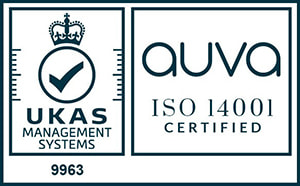Hydrogen Evolution
To combat the climate crisis, we need to take actions that will be long lasting. Most of us in our daily lives are making changes, some small, some major, that all collectively help to lower harmful emissions, but changes on another level are desperately needed. Putting an end to using fossil fuels to heat our homes and water is a major commitment, and necessary if the UK is to meet its target of carbon zero by 2050. We already know that from 2025 gas and oil boilers will be banned from new build and, from the mid-2030s, you won’t be able to replace a gas or oil boiler with anything other than a low-carbon heating system, or an appliance that can be converted to use a clean fuel. Systems such as a heat pumps or hydrogen-ready boilers will be likely candidates to replace gas and oil boilers but, while heat pumps have been around for some years, hydrogen boilers are rarely out of the news these days. Even so, there’s a lot of assumed knowledge out there, so we thought you might like to check out your hydrogen know-how. You can take the quiz here and get instant gratification as the answers are at the end of this article.






